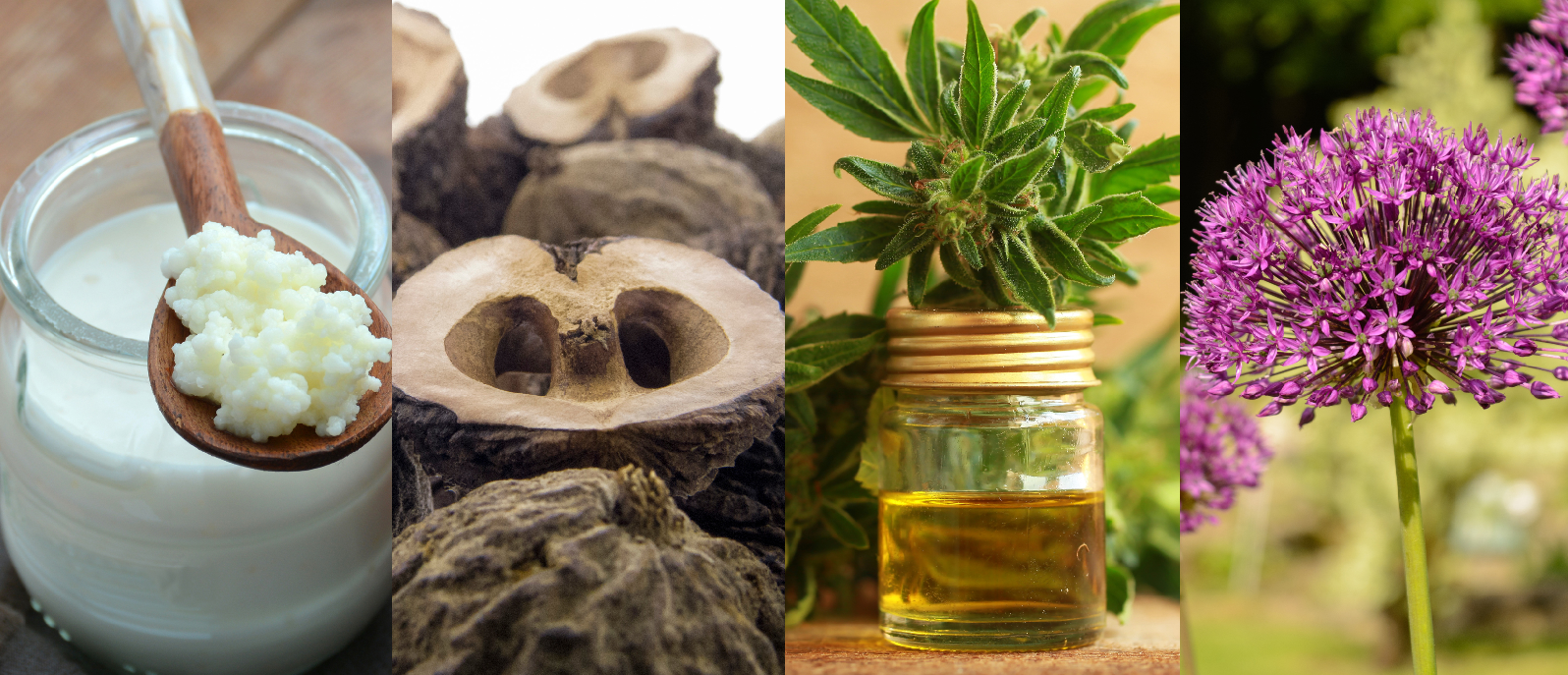Flavor innovation in North America is at an all-time high, as chefs and mixologists explore unique and adventurous methods to spice up food and drink offerings. As noted in Symrise’s annual report, 2019+ Top Trends for North America, culinary trends are leaning toward promoting a healthier lifestyle, without sacrificing the flavor or aesthetic of a meal. Below we take a deeper dive into some of the top flavor trends of 2019.
RELATED: Symrise’s North American Top 11 Flavor Trends for 2019
The number of vegans, vegetarians, and plant-based consumers continues to rise in 2019 and beyond, having a major impact on the current state of the culinary industry as a whole. The rapid incline has prompted a plethora of business owners, chefs, and restaurateurs to further flex their creativity muscles in search of fresh and unique ways to make plants the main focus of meals, beverages, and snacks. Through this plant-based phenomenon, the industry has started taking advantage of a wider array of vegetables—many of which were once viewed as relatively uncommon in US cuisine, or only used as an accoutrement to an otherwise starch or meat-focused meal. Keep an eye out for allium-overload, and steak replacements such as beets, brassicas, and other hearty vegetables that can withstand the heat.
Allium Array
Alliums, such as onions, ramps and shallots, are finding their sweet spot – quite literally – within categories such as pastry, ice cream, and even cocktails. Chefs are utilizing the bulby, pungent group of vegetables in unexpected ways to enhance flavor. In Portland, renowned pastry chef, Maya Erickson of Langbaan features a Thailand allium dessert consisting of fried shallots baked into a rich, creamy egg custard. At Los Angeles cocktail bar Broken Shaker, bar manager Christine Wiseman has concocted the Trash Tini, made with vodka, gin, Luxardo Bitter Bianco, celery shrub, sherry vinegar, and charred onion-infused vermouth. Even ice cream brands like New York favorite, OddFellows are pushing the “traditional” boundaries of cooking with alliums, creating savory ice cream flavors such as caramelized onion and scallion.
Sprouting Sweet
As consumers are often opting to forgo decadent desserts in favor of healthier options, chefs have been turning to alternative sugars and sweeteners—like beet sugar, vegetable purees, and juiced fruits—in order to counteract the shift away from sweets. Alternative waters like cactus and maple have also proven popular in recent years as sugar replacements. Though not necessarily healthier, they provide the perception that a dessert is more “naturally prepared,” and not chock full of chemicals and artificial ingredients.
Our next flavor trends article is coming soon and you don't want to miss it - SUBSCRIBE HERE!
THC
Today’s largest mover and shaker may just be the budding business of cannabis. As legal recreational marijuana garners more mainstream attention, consumers can expect to see THC popping up much more frequently on restaurant and cafe menus (in legalized states). West Hollywood recently passed a bill that approves the launch of cannabis cafes and consumption lounges, with several—such as Lowell Farms—aiming to open shop in the coming months. Additionally, high end cannabis confectioneries such as Los Angeles confiserie, Marigold, offer a variety sweets—like bourbon truffles, caramels, and toffee—that provide a pleasurable dose of THC within each treat.
The term “mindfulness” has transformed the way people consume goods across a spectrum of industries. Within the culinary realm, specifically, the values that consumers place on mindful eating have rapidly impacted restaurants, bars, fast-casual chains, as well as retail products. Today’s consumers are looking to ingredients that promote functionality -- food with an extra boost of benefits aside from sustenance and delicious taste. Due to this type of thinking, the demand for super foods and ingredients such as black sesame, orgeat, spices and herbs will only continue to escalate/become more prominent, thanks to their impressive nutrient profiles.
The use of Black Walnut, as well as nuts in general, has seen a rise as well. At Omalaie in Austin, chef Michael Fojtasek is a big fan of incorporating nuts into his dishes. “People are really excited to see different nuts and seeds on menus,” said Fojtasek. “If something has nuts on it (like a salad) that item almost always sells more than any other one.” Fojtasek enjoys exploring the versatility of black walnut flavor profiles by preparing them in all sorts of ways including baking, olive oil infusion, and pickling. “We do some pickling of the green black walnut, which helps us with a couple of other flavors [on the menu].”
Additionally, there has been a strong push in bringing more fermented dairy alternatives to the market, as was indicated in a 2018 study by Innova Market Insights, which noted the category’s 50% CAGR over the past five years. One of the reasons for this push is due to the link between fermented foods and digestive health. Younger consumers are interested in fermented dairy alternatives’ abilities to help regulate digestive issues, with products such as kombucha, pickles, and kimchi boasting “active live cultures” in promotion of gut health.
Holistic health has become a prominent way of life for many consumers throughout the US, bringing along a bevy of new culinary products that boast a myriad of benefits beyond weight loss—from brain boosting properties to anti-aging elixirs to stress-reducing aids. Chefs and mixologists are increasingly adhering to the use of food as medicine, putting health at the forefront of their menus, proving that food can be good for you and still be full of flavor.
More on CBD - Soothing the Caffeine Buzz: CBD + Coffee
With the continued volume of buzz around cannabis in foodservice, more restaurants, coffee shops, and markets are finding ways to incorporate cannabidiol (CBD) and hemp in menus and retail products across the US. CBD’s recent rise in popularity as a remedy for a long list of ailments—from chronic pain to anxiety to sleep disorders—has gained momentum within the culinary world, popping up in restaurants, cafes, and grocery stores. Consumers can purchase nearly any type of food or beverage mixed with a little something to take the edge off. Popular CBD-infused products on the market include sparkling water such as Sprig and Recess, chocolates, gummies, and mints from Kiva Confections as well as beer like the Two Flowers IPA from Oregon’s Coalition Brewing.







